- Home
- UFAI in the News
- UFAI in Print
- Ankle Sprains: Why They Should Not Be Ignored
Ankle Sprains: Why They Should Not Be Ignored
- Published 3/30/2021
- Last Reviewed 3/30/2021

It finally happened. After decades of competitive tennis and years of “almost” spraining my ankle, my good luck ran out. I felt a bit sluggish that day because I had just gotten my first Covid vaccine, but I still wanted to play.
And then, when I went to hit a routine backhand like I have millions of times before, my ankle rolled, and then I heard “the POP.” I immediately felt a sharp pain in the outside of my ankle, a pain so intense it took my breath away.
As a foot and ankle specialist and surgeon for over 20 years, I have treated thousands of ankle sprains but never personally experienced the ramifications and problems a bad ankle sprain can cause.
Ankle sprains can cause serious long-term damage
I know that ankle sprains are an epidemic problem, and the numbers of sprains are astounding. It is estimated that there are over 3 million ankle sprains reported to doctors annually in the United States.
The problem is, for every ankle sprain that is reported, at least 10 are treated at home without proper care. Sprains that aren’t properly cared for create a great deal of short-term and long-term complications, many of which are only correctable with surgery. And that you want to avoid at all costs.
The purpose of this article is to help you know what to do and what not to do with an ankle sprain.
Firstly, what is an ankle sprain?
An ankle sprain is when the ankle joint twists away from its central position, either towards the arch or the outside of the ankle.
In severe cases, the ankle can twist in one direction and then completely reverse and twist in the other direction. Often there is immediate pain, swelling, and difficulty walking. There may be pain on one or both sides of the ankle and even inside the joint centrally. Unfortunately, due to the high number of ankle sprains and the commonness of the injury, most people think they can walk it off. Often that is not the case.
In comparison to an ankle sprain, which is truly a partial dislocation of the ankle joint, what would you do if someone told you “I partially dislocated my shoulder and may have torn ligaments”? Since that injury is less common, you would be very concerned, wear a brace, see a doctor, and worry about the ramifications. You don’t walk on your shoulder, but you do on your ankle. It should get the same level of care and concern.
It is important to treat all types of ankle sprains aggressively to avoid long-term complications and issues.
Ankle sprains are graded from grade 1 to grade 3.
- Grade 1 is a pulled ligament that is not torn. These are commonly associated with very minimal pain and swelling.
- Grade 2 is the most common type of ankle sprain. There is a partial ligament tear of one or more ligaments and it’s more difficult to walk on. A feeling of instability or looseness, pain, and swelling is very common.
- Grade 3 is a full ligament tear of one or more ligaments. It is very painful and associated with heavy swelling. Often the ankle feels very “loose.”
Ankle sprains can have associated injuries in addition to a ligament injury. These include partial tendon tears on either side of the ankle, cartilage or bone damage from the impact of the bones during the sprain, and even fractures of bones in the ankle and/or foot.
You must consider these associated issues as they can have long-term ramifications.
What to immediately do about an ankle sprain?
If you sprain your ankle, don’t try to figure out what grade it is or if you have an associated injury. All ankle sprains require common sense remedies as a first step.
The initial treatment should be ice, elevation, and support.
Supporting the ankle is essential to allow the ligament and other injuries to heal in a stable and natural position. Ligaments will heal, but without proper protection and stabilization of the ankle, the ligament can heal loose, creating long-term instability and chronic ankle spraining problems.
Buy a brace no matter the level of the ankle sprain. The best type is a lace-up brace with figure eight Velcro straps to secure the ankle.
Wear a sock under the brace, so the brace doesn’t chafe your skin, and consider a sock that offers some level of compression and support. I have created a sock with arch support and compression called Archtek that you can get at archteksocks.com. These socks are great for wearing under a brace and for use after the ankle improves, but any form of mild compression is helpful. A brace should be worn day and night while ligaments are healing. Doing this will hold the ankle in a stable position and proper alignment, which is critical.
Should you walk on an ankle after a sprain?
Walking after an ankle sprain can create long-term problems. Each person has a different pain tolerance, so whether or not you can walk on it shouldn’t be an indication of the level of injury. The proper consideration is how much weight you can put on the foot after the first day or two while using a brace.
If you can hardly put weight on the foot after two days, you need to see a doctor and get an X-ray. You may need a boot for more protection and possibly crutches for a week or two. This is common in moderate to severe grade 2 and grade 3 sprains.
Within the first week, you should see swelling coming down. You should be able to walk fairly comfortably with the brace on but could be walking a bit gingerly. By two weeks, you should be able to ride a stationary bike, stretch, and go for walks. You should continue to wear a compression sock and your brace. During the first two weeks, ice two to three times per day.
When to see a doctor about an ankle sprain and why
Like I mentioned, seeing a doctor for an ankle sprain is a great idea. Knowledge is power. By seeing an orthopedist or podiatrist for an ankle sprain, you will get a proper exam of the ankle and associated surrounding structure, an X-ray to ensure there is no fracture, and better care overall. Do it early to avoid a longer recovery time. A trained doctor will make sure you are put on the proper path to recovery, which often leads to a faster recovery.
If you avoid doctors, ice and brace for the first two weeks. Or, if there is still difficulty with walking, standing, and motion of the ankle, please see a doctor for further care.
Should I get an MRI right away?
In most cases, the answer is no.
Magnetic resonance imaging, or MRI, is a specialized test that can check the ankle for ligament damage, cartilage damage, tendon damage, and even fractures in amazing detail. It is an excellent exam but not truly necessary in the first few weeks after an injury unless the injury is very severe.
An MRI may be recommended if something suspicious shows up on the X-ray. But know that an initial MRI that is performed too early may cause more concern than is necessary. That is because most of the issues seen on an immediate MRI will heal and resolve after a few weeks. Also, insurance companies might not cover an MRI later when you may really need it if an initial MRI was performed.
The bottom line is: it is better to wait on the MRI for two-to-three weeks. If the pain and swelling persist at that point, get an MRI.
Do I need physical therapy?
Grade 1 sprains don’t need much therapy. Home single-leg balance exercises could be helpful. Single-leg exercises are done by holding on to a couch and trying to balance on the sprained ankle. This can be done after one week or so.
I highly recommend physical therapy for grade 2 and 3 sprains. Therapy should start after the initial pain and swelling have started to resolve. At this point, physical therapy should be focusing on reducing swelling and protected range of motion. After three to four weeks, as the ankle starts to recover and there is better stability, balance exercises and sport-specific activity can be started.
How long will I be out of action?
The short answer is six weeks for a moderate sprain, add two weeks for a severe sprain, and remove two weeks for a mild sprain. This is just a guide as each case is different. For walks, use a brace at all times, slowly removing at four to six weeks. Continue to wear a brace for three months during exercise and make sure to avoid cutting sports (those that require quick direction changes while running) for four weeks minimum.
So how did my ankle sprain injury turn out?
I had a grade 3 sprain and could not put any weight on my ankle for two days. I ended up in a boot for a week and then transferred to a brace. I still had lots of swelling and pain after two weeks, so I got an MRI to see what was going on.
My MRI was negative for any tendon or cartilage damage, and that was a relief. But I had ligament tears on both sides of my ankle.
Since it is not my nature to sit around and not exercise at all, I began riding a stationary bike with a brace three weeks after my injury. At six weeks, I was able to start playing light tennis with an ankle brace. After three months, I am playing competitive tennis again, but I am still wearing a brace.
The process has taught me that great patience with an ankle sprain is critical and protection is key to avoid long-term issues. In case you did not know this, doctors make the worst patients. Just ask any doctor you know; they will tell you the same thing. Thankfully, as a doctor, I actually followed my own advice to my patients, which has paid off. Thank goodness!
Dr. Bob Baravarian is an Assistant Clinical Professor at the UCLA School of Medicine. He is the Director and Fellowship Director at the University Foot and Ankle Institute in Los Angeles. He has also been named one of the top Foot and Ankle Specialists six years running by Los Angeles Magazine.
 I love this practice. My experience at UFAI Institute has always been good. I have been a patient for almost a decade and as a ...Daniel J.
I love this practice. My experience at UFAI Institute has always been good. I have been a patient for almost a decade and as a ...Daniel J. I liked it.Liisa L.
I liked it.Liisa L. I depend on the doctors at UFAI to provide cutting edge treatments. Twice, I have traveled from Tucson, Arizona to get the car...Jean S.
I depend on the doctors at UFAI to provide cutting edge treatments. Twice, I have traveled from Tucson, Arizona to get the car...Jean S. Dr. Briskin and his team are outstanding. Friendly, timely, well organized, communicated very well making me feel completely at...Justin G.
Dr. Briskin and his team are outstanding. Friendly, timely, well organized, communicated very well making me feel completely at...Justin G. They helped me in an emergency situation. Will go in for consultation with a Dr H????
They helped me in an emergency situation. Will go in for consultation with a Dr H????
Re foot durgeryYvonne S. It went very smoothly.Maria S.
It went very smoothly.Maria S. My experience at the clinic was wonderful. Everybody was super nice and basically on time. Love Dr. Bavarian and also love the ...Lynn B.
My experience at the clinic was wonderful. Everybody was super nice and basically on time. Love Dr. Bavarian and also love the ...Lynn B. I fill I got the best service there is thank youJames G.
I fill I got the best service there is thank youJames G. This review is for the Physical Therapy group...Jason is amazing! I had pretty severe tendonitis in my ankles and he got me ba...Kathie N.
This review is for the Physical Therapy group...Jason is amazing! I had pretty severe tendonitis in my ankles and he got me ba...Kathie N. My experience with your practice far exceeded any of my expectations! The staff was always friendly, positive and informative. ...Christy M.
My experience with your practice far exceeded any of my expectations! The staff was always friendly, positive and informative. ...Christy M. Love Dr. Johnson.Emily C.
Love Dr. Johnson.Emily C. I am a new patient and felt very comfortable from the moment I arrived to the end of my visit/appointment.Timothy L.
I am a new patient and felt very comfortable from the moment I arrived to the end of my visit/appointment.Timothy L.
-
 Listen Now
Is Bunion Surgery Covered By Insurance?
Read More
Listen Now
Is Bunion Surgery Covered By Insurance?
Read More
-
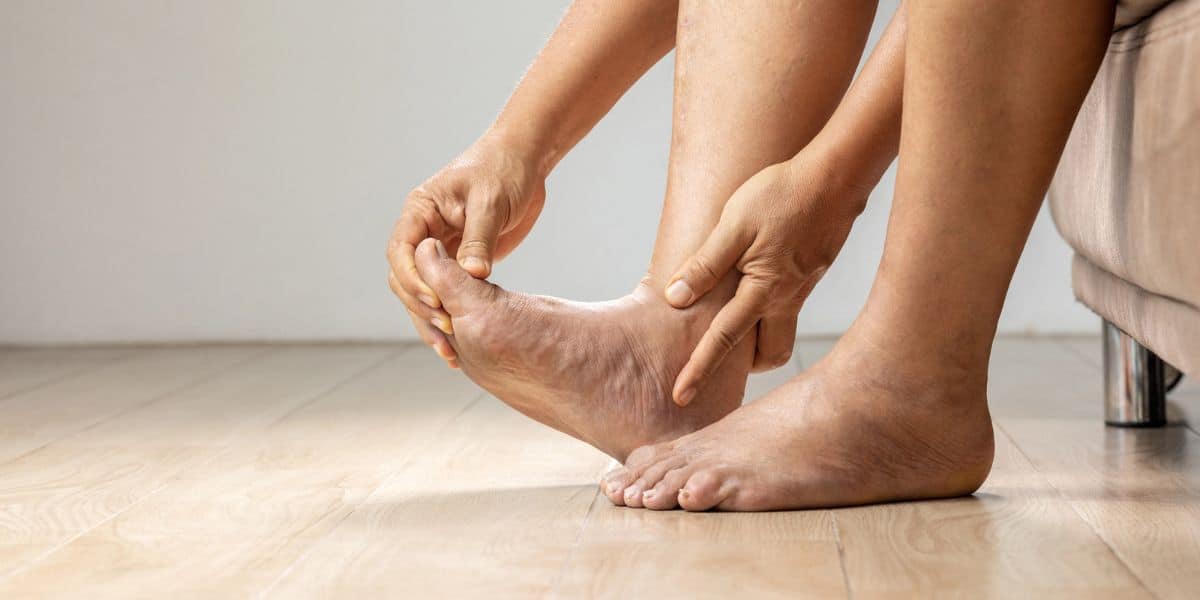 Listen Now
Top 10 Non-Surgical Treatments for Morton's Neuroma
Read More
Listen Now
Top 10 Non-Surgical Treatments for Morton's Neuroma
Read More
-
 Listen Now
How To Tell If You Have Wide Feet
Read More
Listen Now
How To Tell If You Have Wide Feet
Read More
-
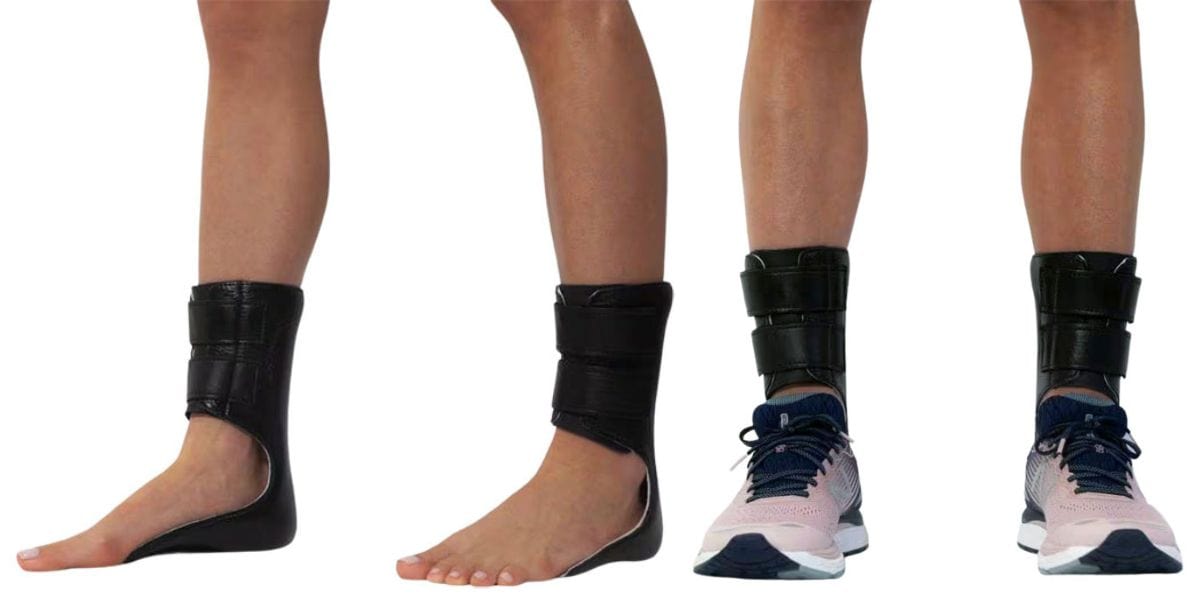 Listen Now
Moore Balance Brace: Enhance Stability and Prevent Falls for Better Mobility
Read More
Listen Now
Moore Balance Brace: Enhance Stability and Prevent Falls for Better Mobility
Read More
-
 Listen Now
Non-Surgical Treatment for Plantar Fasciitis – What Are Your Options?
Read More
Listen Now
Non-Surgical Treatment for Plantar Fasciitis – What Are Your Options?
Read More
-
 Listen Now
Do Blood Pressure Medicines Cause Foot Pain?
Read More
Listen Now
Do Blood Pressure Medicines Cause Foot Pain?
Read More
-
 Listen Now
Should I See a Podiatrist or Orthopedist for Foot Pain and Ankle Problems?
Read More
Listen Now
Should I See a Podiatrist or Orthopedist for Foot Pain and Ankle Problems?
Read More
-
 Listen Now
What Are Shin Splints?
Read More
Listen Now
What Are Shin Splints?
Read More
-
 Listen Now
Bunion Surgery for Seniors: What You Need to Know
Read More
Listen Now
Bunion Surgery for Seniors: What You Need to Know
Read More
-
 Listen Now
Bunion Surgery for Athletes: Can We Make It Less Disruptive?
Read More
Listen Now
Bunion Surgery for Athletes: Can We Make It Less Disruptive?
Read More
-
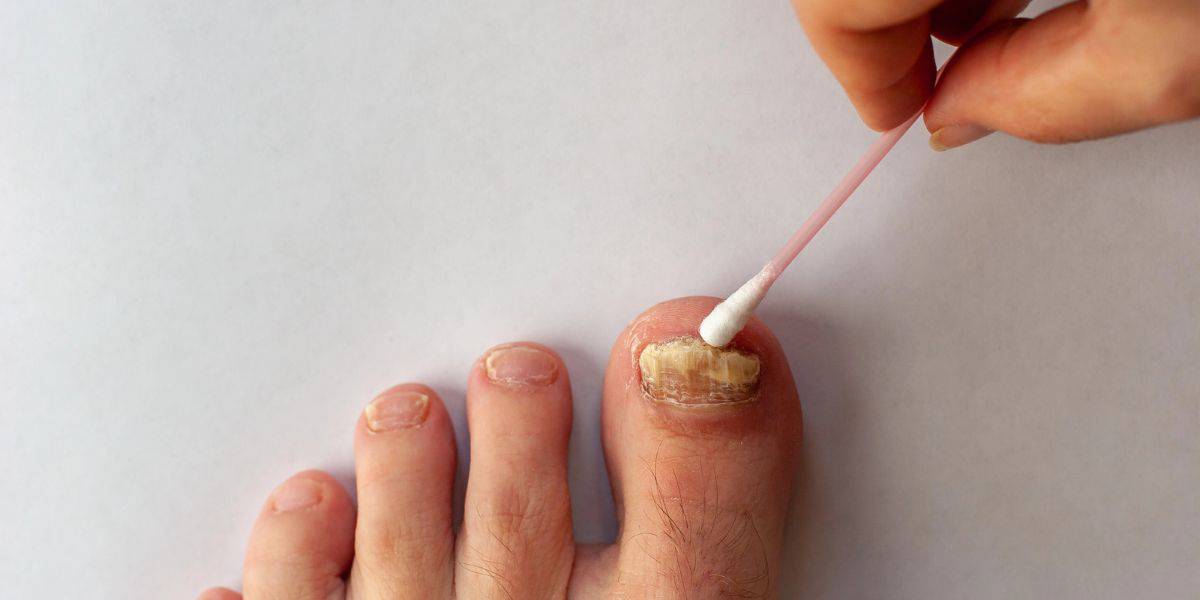 Listen Now
What To Do When Your Toenail Is Falling Off
Read More
Listen Now
What To Do When Your Toenail Is Falling Off
Read More
-
 Listen Now
15 Summer Foot Care Tips to Put Your Best Feet Forward
Read More
Listen Now
15 Summer Foot Care Tips to Put Your Best Feet Forward
Read More
-
 Listen Now
Swollen Feet During Pregnancy
Read More
Listen Now
Swollen Feet During Pregnancy
Read More
-
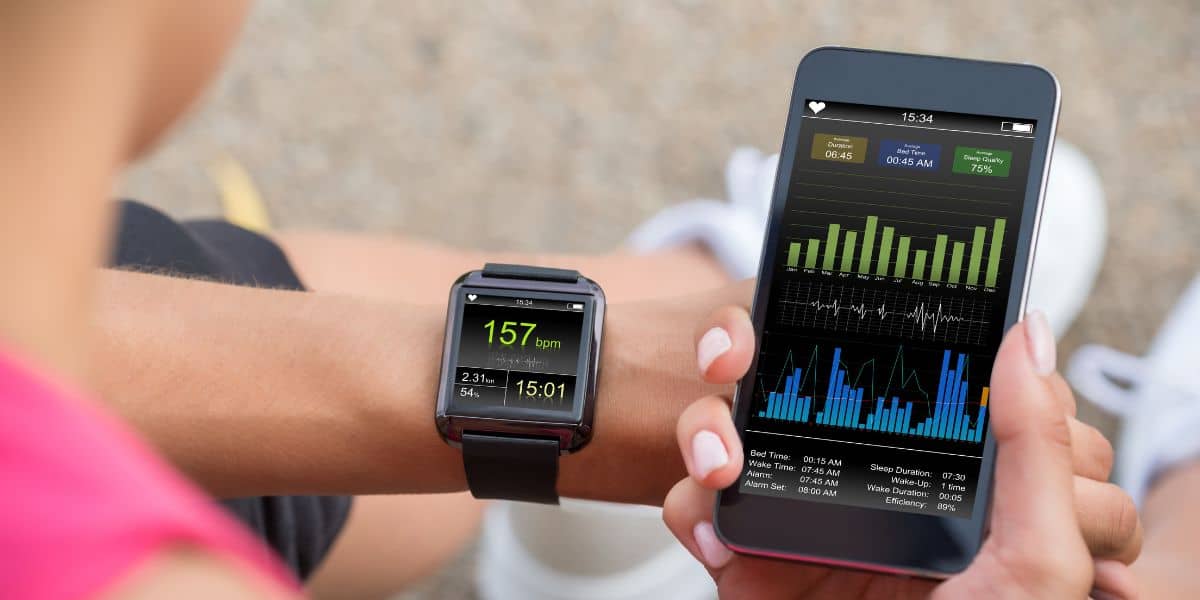 Listen Now
How Many Steps Do I Need A Day?
Read More
Listen Now
How Many Steps Do I Need A Day?
Read More
-
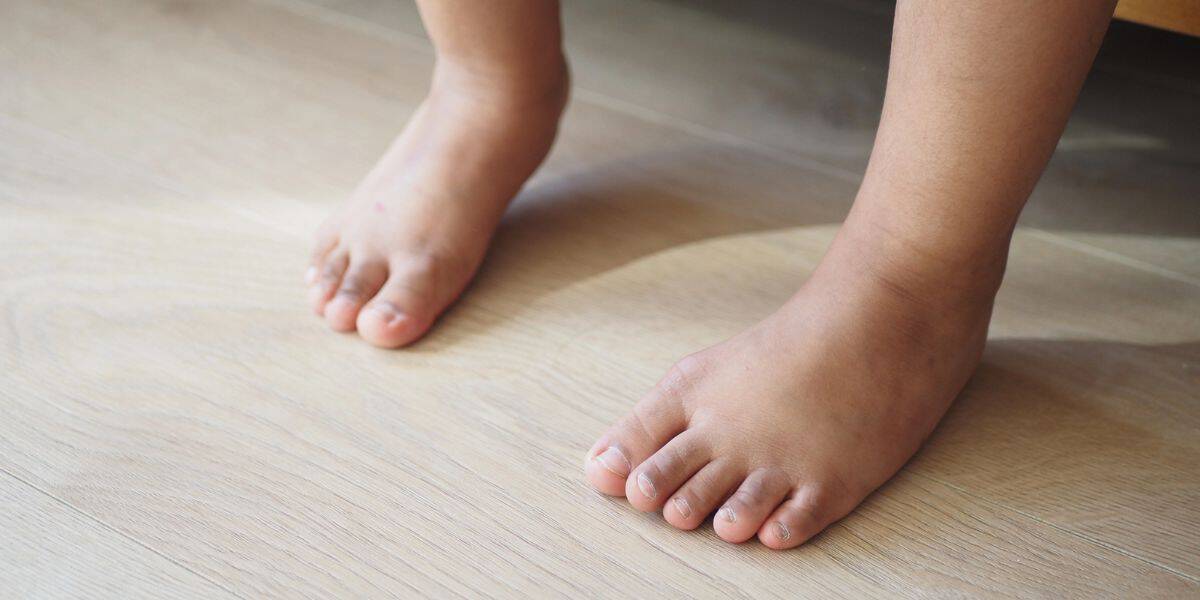 Listen Now
Pediatric Bunion Surgery
Read More
Listen Now
Pediatric Bunion Surgery
Read More














